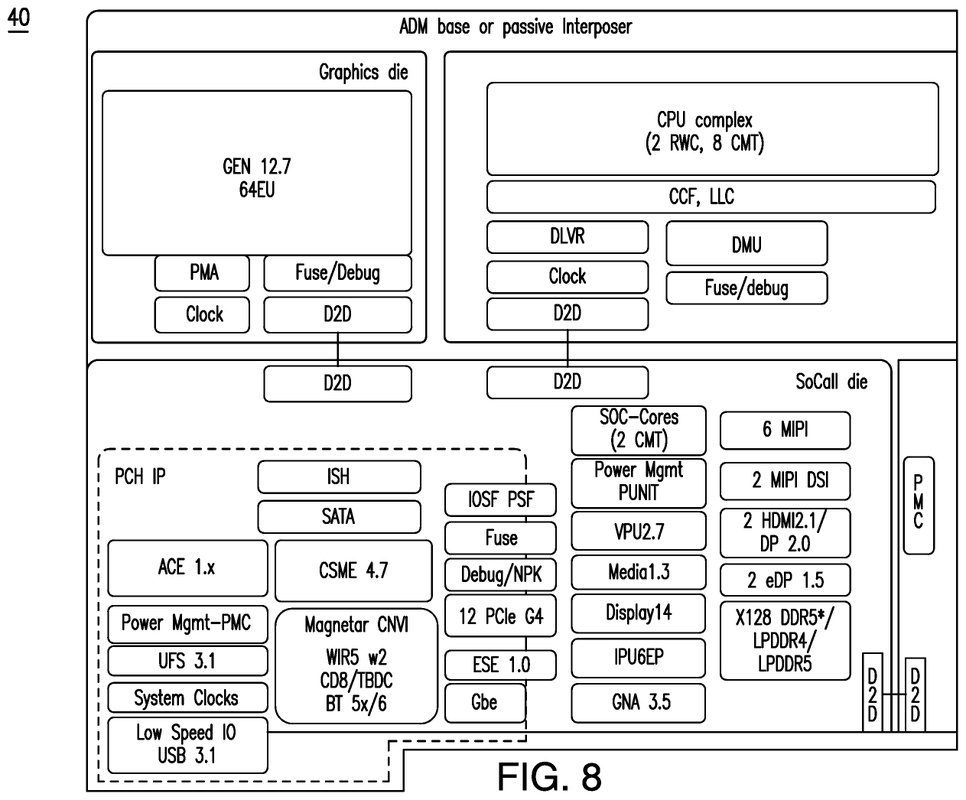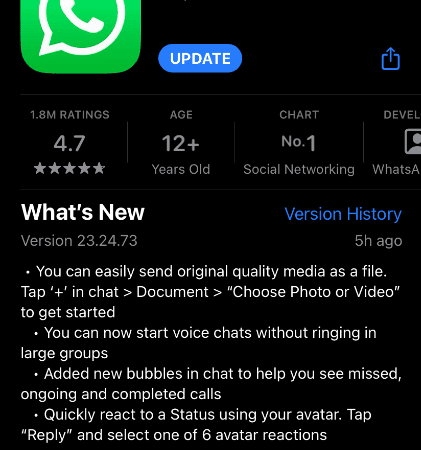
An Intel patent shares details of how Intel’s L4 cache, Adamantine, works. Recently, a Linux patch suggested that Intel will use such cache in its upcoming Meteor Lake consumer CPUs.
The patent states that Intel’s “next-generation soc architecture” may feature “large on-package caches , ” tech website VideoCardz was the first to note . These should serve as L4 cache. The cache is called “Adamantine” or “ADM” and, according to Intel, should “enable new applications.”
For example, the access time to this L4 cache should be much shorter than the dram access time. According to the patent, Adamantine can therefore be used, among other things, to improve communication between the CPU and security controller. Boot times should also be reduced by using L4 cache. The L4 cache is said to retain data when resetting the PC.
There have been reports for some time that Intel is going to introduce L4 cache, specifically in its upcoming Meteor Lake processors. Mentions of that appeared in a Linux patch earlier this month, Phoronix noted . The patch in question referenced ‘ADM/L4′ in Meteor Lake, but did not share any further details. ADM now appears to stand for Adamantine.
The newly noticed patent does not specifically mention the term Meteor Lake, but does contain references to this CPU generation. Images from the patent show a CPU with two Redwood Cove cores and eight more efficient Crestword cores on one ’tile’, Intel’s term for chiplets. Specifically those cores are used in Meteor Lake. The diagram also shows a separate gpu tile with 64 execution units and a soc tile. It has been known for some time that Meteor Lake will have a design with such tiles.
It is not yet known how much L4 cache Intel’s upcoming processors will get. This may differ per model. Leaker Moore’s Law is Dead stated in a recent video that the company is currently conducting internal tests with caches ranging from 128 to 512MB. In the long run, that could amount to more than a gigabyte. Moore’s Law is Dead is more likely to share information about unreleased products, although the accuracy of that information is mixed.







